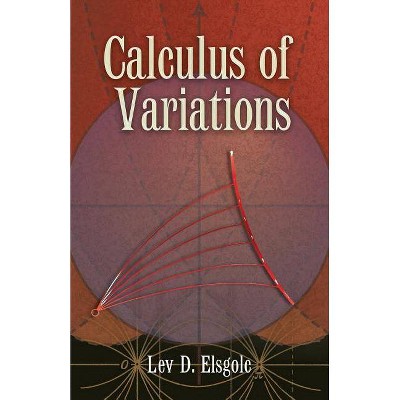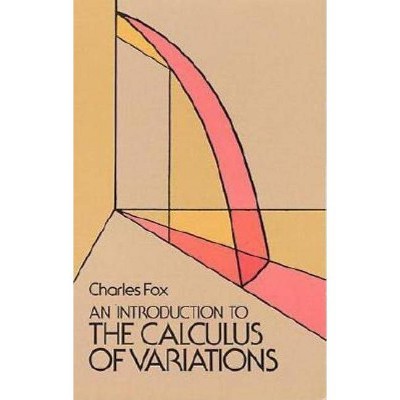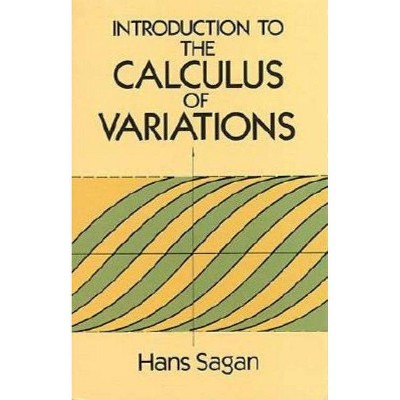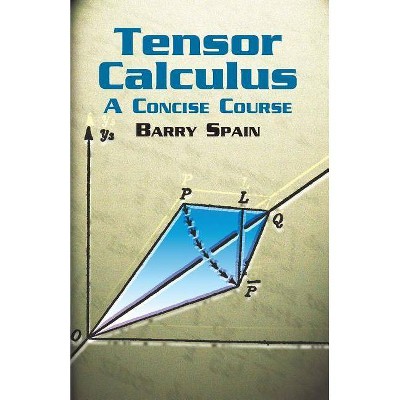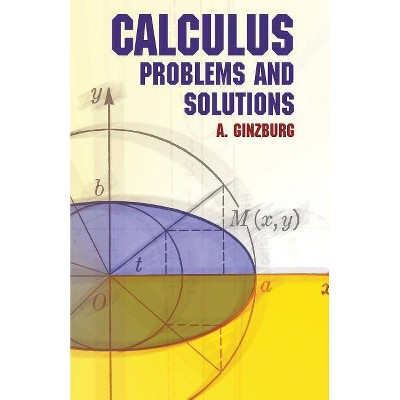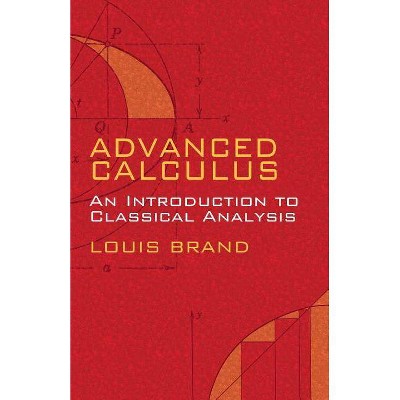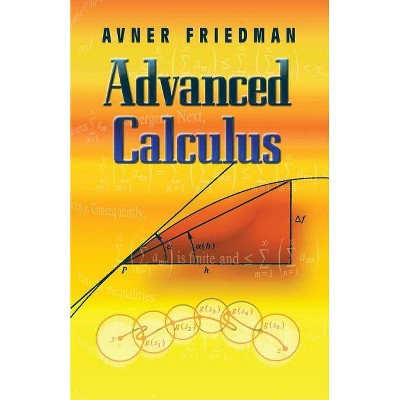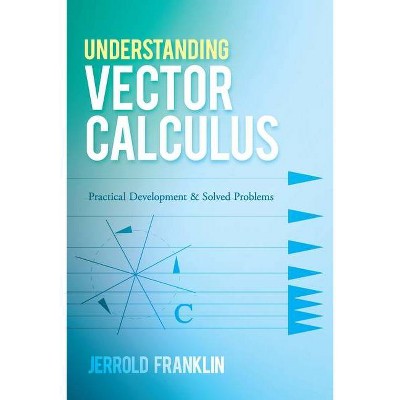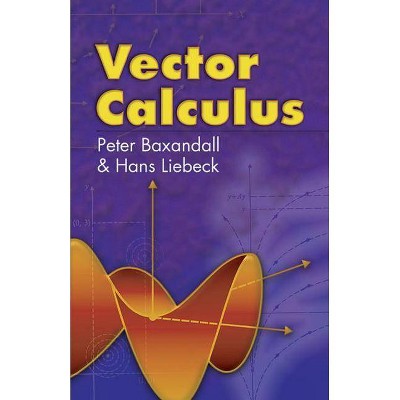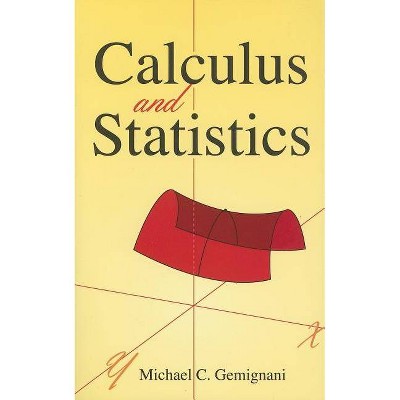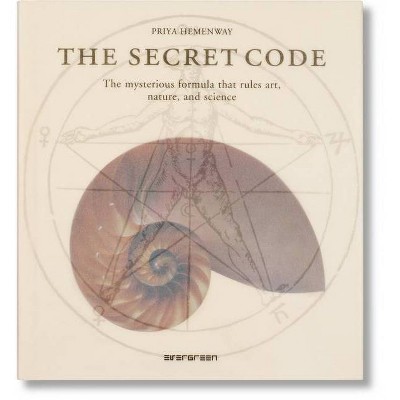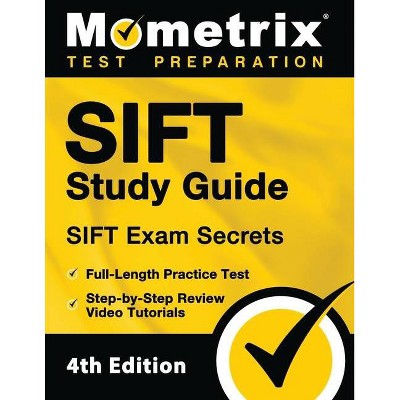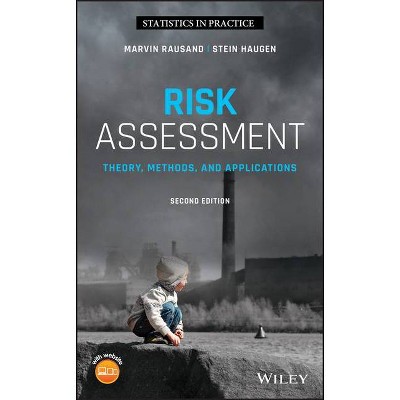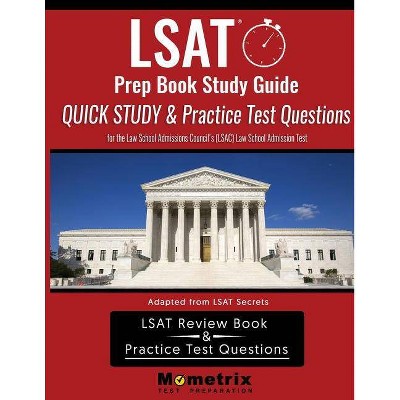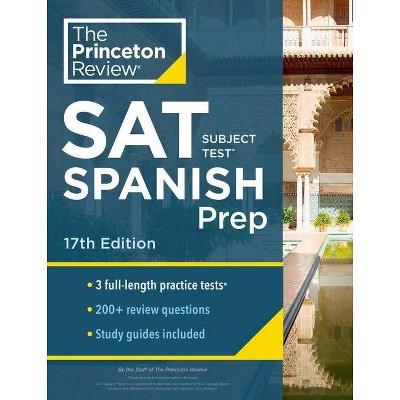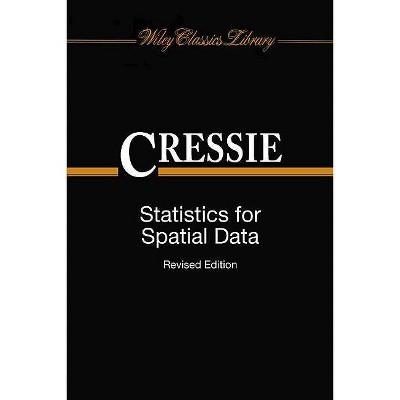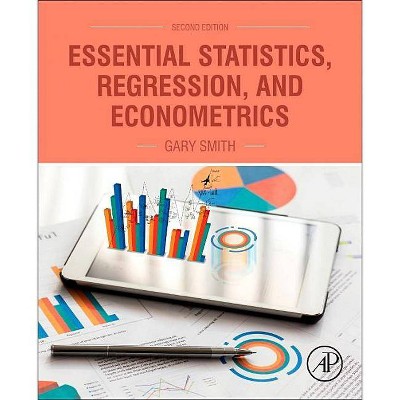Calculus of Variations - (Dover Books on Mathematics) by Robert Weinstock (Paperback)
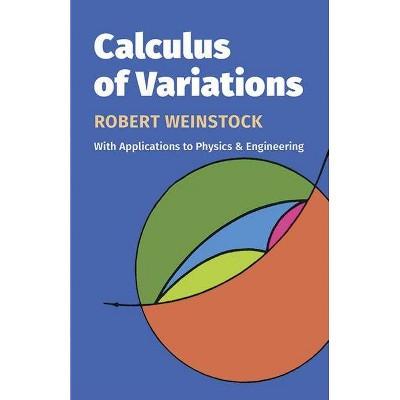
Similar Products
Products of same category from the store
AllProduct info
<p/><br></br><p><b> About the Book </b></p></br></br>Basic introduction covering isoperimetric problems, theory of elasticity, quantum mechanics, electrostatics, geometrical optics, particle dynamics, more. Exercises throughout. "A very useful book." -- J. L. Synge, <i>American Mathematical Monthly.</i><p/><br></br><p><b> Book Synopsis </b></p></br></br>This book by Robert Weinstock was written to fill the need for a basic introduction to the calculus of variations. Simply and easily written, with an emphasis on the applications of this calculus, it has long been a standard reference of physicists, engineers, and applied mathematicians. The author begins slowly, introducing the reader to the calculus of variations, and supplying lists of essential formulae and derivations. Later chapters cover isoperimetric problems, geometrical optics, Fermat's principle, dynamics of particles, the Sturm-Liouville eigenvalue-eigenfunction problem, the theory of elasticity, quantum mechanics, and electrostatics. Each chapter ends with a series of exercises which should prove very useful in determining whether the material in that chapter has been thoroughly grasped.<br>The clarity of exposition makes this book easily accessible to anyone who has mastered first-year calculus with some exposure to ordinary differential equations. Physicists and engineers who find variational methods evasive at times will find this book particularly helpful. <br>"I regard this as a very useful book which I shall refer to frequently in the future." J. L. Synge, <i>Bulletin of the American Mathematical Society.</i><p/><br></br><p><b> About the Author </b></p></br></br><p><b>Robert Weinstock: Mathematical Memories <br></b>Robert Weinstock's <i>Calculus of Variations, </i> first published by McGraw-Hill in 1952 and reprinted by Dover in 1974, is one of Dover's longest-running books in mathematics. In a memoir written in the 1990s, Weinstock recalled how, after he received his PhD in physics from Stanford in 1943, he worked for a time at Harvard's Radar Research Laboratory as part of the war effort. Describing himself then as an idealistic 26-year-old, he came up with the idea that he could do more for humanity and humanity's problems as a working man than as a physicist, and so went to work for some months in 1946 as a seaman on two merchant ships. <p>Back in the United States, Weinstock responded to a call for qualified mathematics instructors at Stanford (then, like most American colleges and universities, dealing with a major influx of new students supported by the GI Bill). He planned at the time to return to academia for only a short time. But, as it turned out, a long teaching career at Stanford, Notre Dame, and finally Oberlin ensued, concluding in 1990 after about fifty years. <p><b> <p>In the Author's Own Words: <br></b>"From January into September 1946, I was a wiper (an engine-room worker who did painting, cleaning, and other maintenance) on a succession of two merchant ships. These took me twice through the Panama Canal and provided visits to all three World War Two enemy nations: Italy, Germany, and Japan. I experienced what were surely the most fascinating eight months of my life. I'm convinced, in retrospect, that I was in 1946 the only wiper in the U.S.Merchant Marine with a PhD in physics." -- Robert Weinstock
Price History
Cheapest price in the interval: 15.99 on October 22, 2021
Most expensive price in the interval: 15.99 on November 8, 2021
Price Archive shows prices from various stores, lets you see history and find the cheapest. There is no actual sale on the website. For all support, inquiry and suggestion messagescommunication@pricearchive.us
